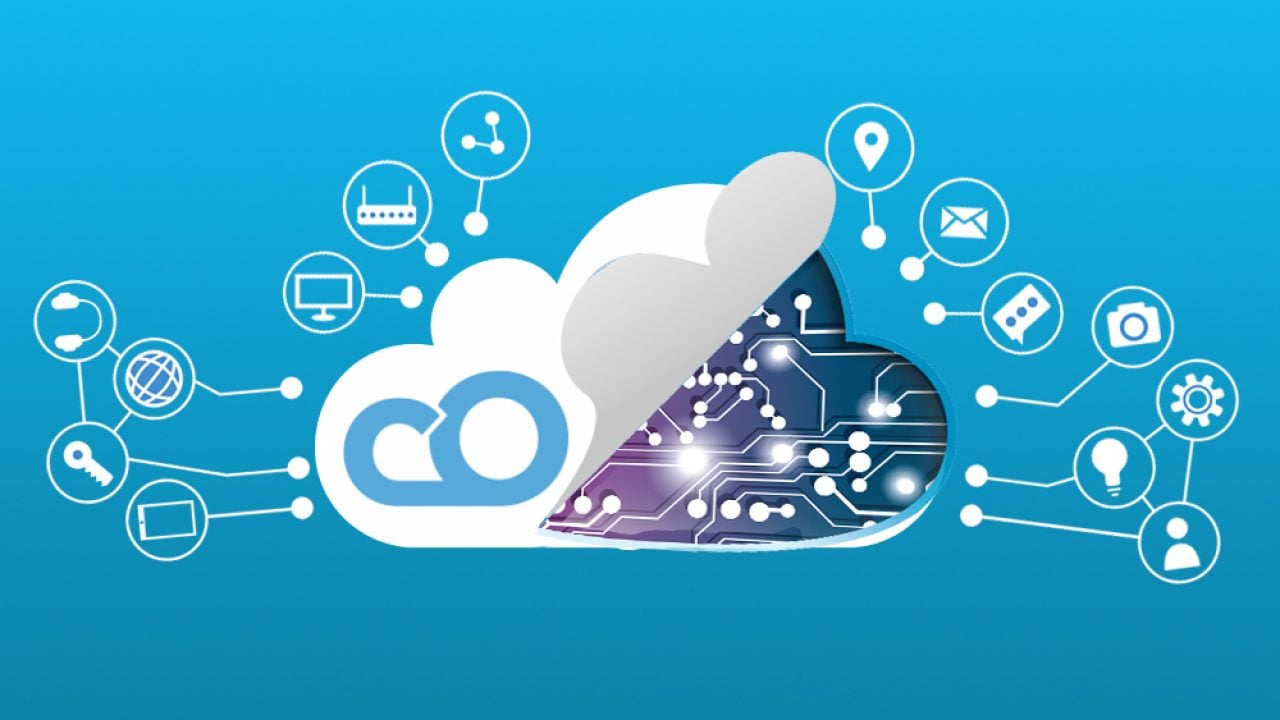Cloud Operations (CloudOps) – What you need to know?
Cloud computing offers many advantages over traditional on-prem computing. But for the inexperienced, wrapping your head around everything that falls under the cloud domain can feel intimidating – not only because the cloud can impact nearly every aspect of an IT environment, but because the topic itself is complex and fast-changing. Without the right strategy to monitor and optimize your cloud tools and processes, you could miss out on the many benefits of the cloud. Ultimately, that’s why more organizations are adopting a Cloud Operations (CloudOps) approach to managing applications and workloads.
What is Cloud Operations (CloudOps)?
Cloud Operations or CloudOps is a model of operational practice in which all or part of a company’s services or workloads are running in the cloud. CloudOps sometimes refers also to the teams maintaining services deployed in a cloud infrastructure.
CloudOps supports cloud infrastructure by providing procedures and best practices. These practices aim to manage the delivery, tuning, optimization, and performance of a company’s IT services in the cloud – whether we are talking about multicloud or hybrid cloud environments. What is also worth mentioning at the very beginning is the fact that cloud operations try to prevent problems/disasters/issues before they occur due to a proactive approach.
In CloudOps, automated monitoring, logging, alerting, and analytics play a considerable role – they provide better insight into the resources and elements of the environment for better management and efficiency of the services.

Why is Cloud Operations important?
Organizations are steadily increasing their consumption of the public cloud for an ever-growing list of applications and services. As workloads migrate from data centers to cloud providers, the need for CloudOps will grow in concert. DevOps and CloudOps teams can coexist and share best practices since they both promote:
- Improved efficiency and utilization of cloud resources
- Growth of agile work environment for cloud workloads
- Automation of security and availability processes to support 24/7 operations
- Improved customer user experience
- Lowered overall costs of delivering cloud services
- Enhanced productivity of teams working with migrated applications
Benefits of CloudOps
- Improved service delivery: Cloud operations help teams automate and execute many system tasks, for example, automatically generating analytical reports, creating builds, and provisioning infrastructure. Automating these processes improves IT productivity, operational efficiency, and service delivery.
- Maintains cloud availability: CloudOps helps maintain consistent cloud services availability by scaling resources in real-time, updating cloud applications, monitoring data transfer, deploying cloud assets when required, and automating request handling. It enables teams to remotely run applications and processes from any location and anytime without experiencing service outages or downtime.
- Strengthens data security: Data security is a core task of CloudOps. It involves remediating potential vulnerabilities, conducting malware scans, encrypting data, patching applications, detecting possible attacks, setting up firewalls, and managing compliance.
- Facilitates disaster recovery: CloudOps measures include disaster recovery to restore data and systems in the event of data loss, system failure, or other disasters. It involves using automated tools to back up and recover data from off-site servers to guarantee business continuity.
Limitations of CloudOps
- Potential budget overruns: scaling cloud resources might lead to overprovisioning underutilized space and idle assets. Overprovisioning causes extra charges on cloud bills.
- Increased data security risks: cloud platforms continue refining their data protection measures, but clouds remain vulnerable to attacks and breaches. It occurs because cloud environments are remotely accessible, attracting various cyber attacks.

Challenges of Cloud Operations
Transitioning to serverless functions comes with its own set of obstacles. When the underlying infrastructure is based on traditional operations, it can be a challenge for CloudOps to merge seamlessly into existing DevOps systems. It’s important to introduce best practices that streamline shared tasks, monitoring, and management between physical and cloud-based systems to avoid the two teams becoming more siloed.
With an on-site data center, there is a physical server to be worked on. CloudOps relies on dashboards and tools that automate much of the monitoring process. It also means that alerting and monitoring need to be cloud-optimized. Although this has its advantages, it can also result in another layer of troubleshooting in the form of calling the cloud help desk and the traditional help desk without getting a clear answer from either.
A successful CloudOps transformation requires a company-wide culture shift where every aspect of the organization is invested in using the same tools, following the same practices, and working together under the same leadership. If introducing CloudOps results in teams becoming more siloed, you’re defeating the purpose of the DevOps philosophy of communication and collaboration.
Combining DevOps with technical improvements in CloudOps will lead to a faster and more efficient CI/CD pipeline.
Conclusion
Businesses that want to stay appealing to their customers and still offer them high-quality products and services will definitely move to the cloud soon or (what is more probable) have already done so.
With Cloud Operations, companies can earmark more budget for further development and improvements instead of investing in unnecessary hardware, making projects easier to scale, and allowing systems to run at peak performance.